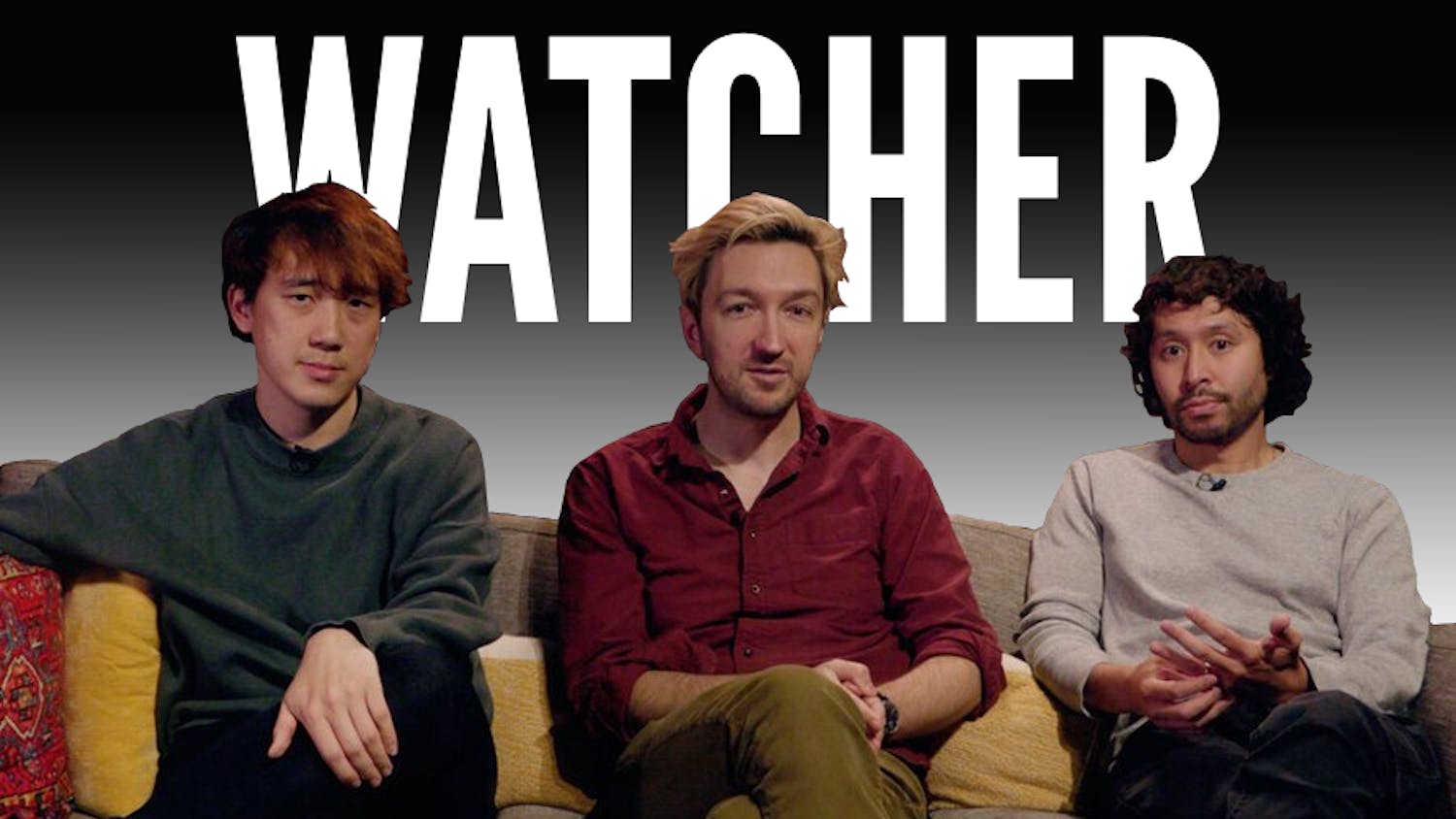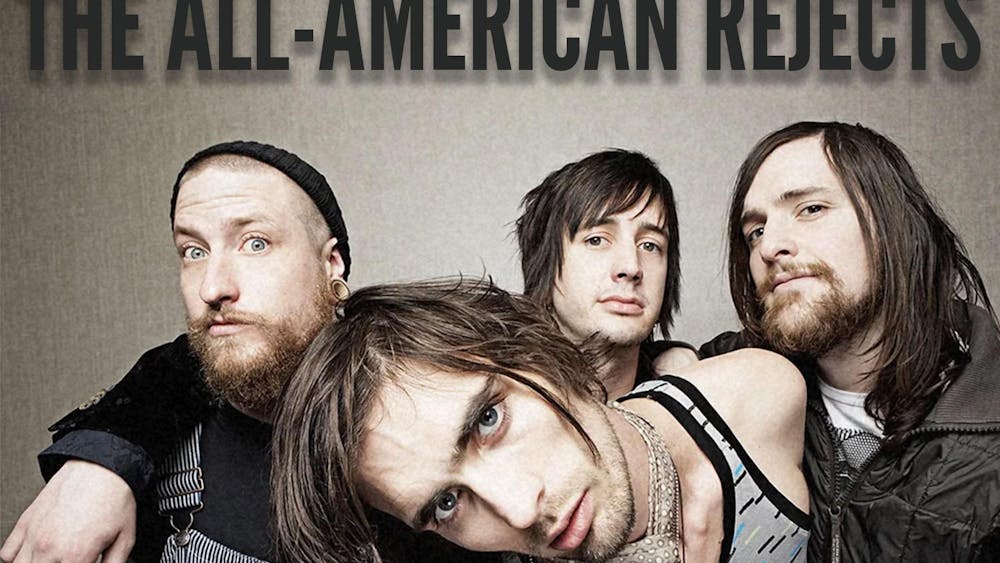
The opening sequence of “Get Out,” Jordan Peele’s masterful social-satire-meets-horror film, captures a single shot of a man walking through a deserted upper-class neighborhood. Clad in a gray hoodie and hissing into a cell phone, he immediately meets a gory fate emblematic of the genre. In a step away from this common trope, however,“Get Out” substitutes the stereotypical teenage girl with a black man whose hoodie evokes images of Trayvon Martin and Jordan Baker. Through this scene and all that follow,“Get Out” proves itself to be a deft and incisive exploration of the themes in Ta-Nehisi Coates’ “Between the World and Me.” The New York Times bestseller likewise provides a framework through which to consider historical and contemporary issues of race and violence in America. By placing the audience squarely within the claustrophobic viewpoint of a black man in modern America, Peele forces the spectators to experience the fear and hopelessness of which Ta-Nehisi Coates writes.
The portrayal of law enforcement as violent and biased “Get Out” pervades “Get Out” from the beginning. In his book, Coates argues that this bias is not solely the result of unchecked power, but rather “the product of democratic will” and the fear of “people who think they are white fleeing from the cities and into the Dream.” Later on, the flash of a cell phone camera awakens victims, mimicking the style of the countless video accounts of police brutality still circulating across the internet. The audience jointly cringes during the bloody finale as a police cruiser slides into the frame.“Get Out” features this violence unapologetically, both as a horror film and as a reflection of the oft-criticized violent tactics of historical black resistance movements. Chris, the film’s hero, only resorts to violence after exhausting all other avenues. As Coates asks, “Why were our only heroes nonviolent? … Our world is physical. Learn to play defense.”
The movie’s villain could have easily been the police. However, in an astonishing and nuanced turn, Peele instead points his finger toward the elite: upper-class whites who hide their implicit biases underneath a facade of acceptance. “There exists,” Coates argues, “all around us, an apparatus urging us to accept American innocence at face value and not to inquire too much.” Chris buys into this exact phenomenon, and is soon after met with violent consequences. With his unexpected choice in monster, Peele parallels Coates’ own broad indictment of white America. These people live in happily “the most gorgeous dream” — the same American Dream that was never meant for the black population. The Dream itself is realized through the hypnosis in “Get Out,” as Chris succumbs unwillingly to the white community’s wishes. Peele described this hypnotic state as marginalization, explaining, “No matter how hard we scream, the system silences us.”
Placed within the context of horror film history, “Get Out” departs from genre norms. Horror films regularly dispose of their black characters relatively early in the plotline, rarely awarding them any spotlight.“Get Out” not only centers on a black main character, but on the profound fear he confronts. Coates likewise comments upon the communal fear instilled in black reality, writing that, “when I was your age the only people I knew were black, and all of them were powerfully, adamantly, dangerously afraid.” Moreover, the audience experiences the story through Chris’s eyes. Coates writes, “When I was a boy, no portion of my body suffered more than my eyes.” Coates thus expresses the difficulty of reconciling the unjust world we see and the hope we are told to embody, just as Chris struggles through his warped version of reality. If movies are, as the late film critic Roger Ebert would say, “machines that generate empathy,” then Get Out’ draws us in and forces us to confront the mess we have made.
An episode of ABC’s sitcom “Black-ish” referenced “Between the World and Me” in an episode entitled “Hope,” which centered on the storyline of how to explain police brutality to black children. While admirable in its mission, “Black-ish” misses the point of Coates’ book. “Then she asked me about ‘hope.’ And I knew then that I had failed,” Coates writes, emphasizing throughout his text the extent of his hopelessness. “Get Out” infuses its atmosphere, its every detail, with this dread, this stomach-churning terror, utilizing the genre’s conventions to trap us, the audience, in Chris’ mind. The danger and fear of losing one’s body is not a long-ago vestige of enslavement, Peele and Coates argue. It is here. It is now. And it is absolutely terrifying.













